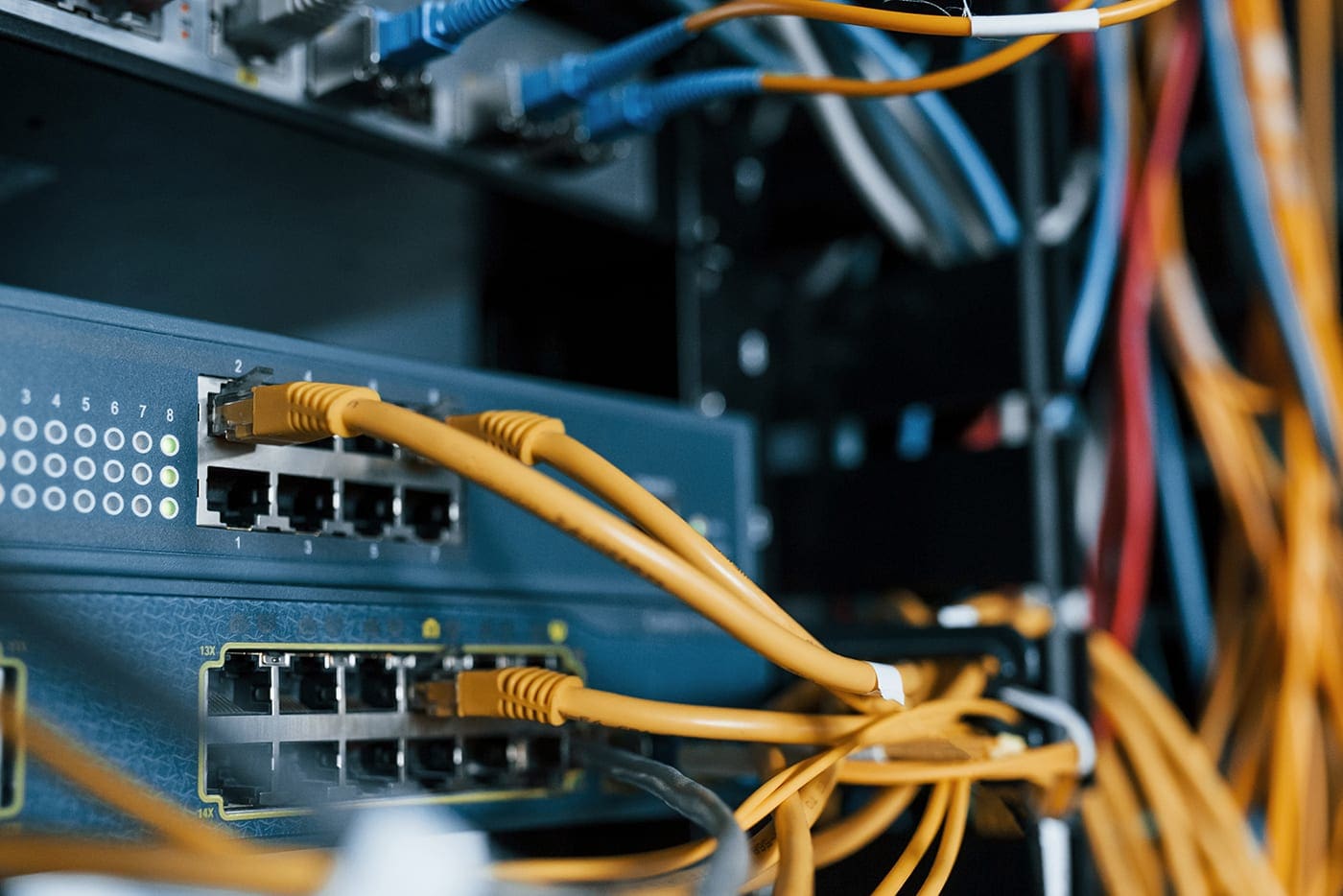Make sure a licensed antivirus product is installed on every computer. Why is it important for the product to be licensed? Generally speaking, there are two kinds of antivirus. The classic antivirus programs most of us are familiar with utilize signature-based malware detection. A “signature” in this context is a unique string of characters, generated by a cryptographic function performed on a malware’s source code. Because new malware is regularly found in the wild, signature-based antivirus applications need to be updated with new signatures on a regular basis – hence the importance of ensuring your license is up to date.
One of the shortcomings of signature-based antivirus is that if even one character of malware source code is altered, the signature changes as well. And new malware that has not yet been identified and hashed for a signature is likewise undetectable by classic antivirus. This is significant – according to the 2020 Mandiant M-Trends report, 41% of the malware families seen this year were never seen before.
A newer form of antivirus, often referred to as “next-gen” antivirus, attempts to address this shortcoming by analyzing the behavior of a suspected malware, instead of relying on recognizing it by its source code. Among various advanced capabilities, next-gen antivirus attempts to detect anomalous or otherwise suspicious behavior on a user’s system in order to isolate potentially dangerous malware-based activity. Next-gen antivirus generally requires more management, tuning and monitoring to be effective, as opposed to classic antivirus which usually works right out of the box.



